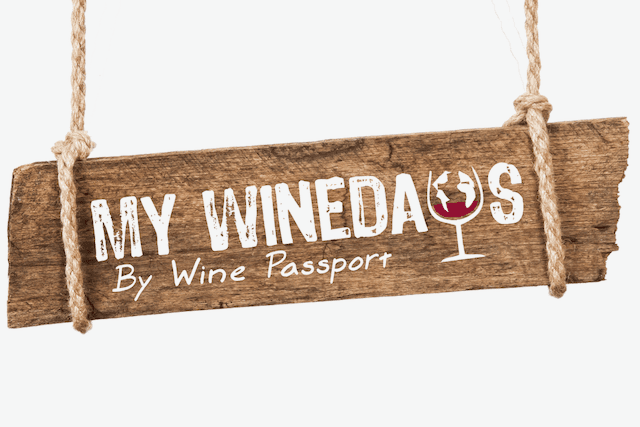Tasting Wine: the taste
Contenu SEO très important, mais masqué pour l’utilisateur.
This article tackles the different steps of wine tasting. Please find below the structure of the following article: VDF vs. AOC wine.
Contenu SEO très important, mais masqué pour l’utilisateur.
Contenu SEO très important, mais masqué pour l’utilisateur.
Contenu SEO très important, mais masqué pour l’utilisateur.
Drinking wine is great, but knowing how to truly savor is a whole new level of enjoyment! Wine is a beverage filled with complex and subtle aromas, and tasting it properly allows you to appreciate its full potential. But don’t worry, wine tasting isn’t just for the experts. Anyone can learn how to enjoy the nuances of wine. All you need is to follow a few key steps and trust your senses: Sight, smell, and of course, taste. (Spoiler alert: Hearing and touch won’t be of much help here!)
So, pour yourself a glass, and let’s dive into the art of wine tasting!
Getting Started: Choosing Your Glass
Before learning how to taste wine in three key steps, make sure you have chosen the right glass and poured your wine (for a detailed guide, check out our article “The Different Types of Wine Glasses and How to Use Them”). To keep it simple: A stemmed glass is a must, as holding the bowl of the glass warms the wine too quickly. Always hold the glass by the stem for the best experience. Once your glass is ready, it’s time to begin!
This step reveals a lot about the wine. Pay attention to its “robe” (that is the fancy term for the wine’s color, you are practically an expert already!). Here’s what you can discover:
The second step is all about discovering the wine’s aromas. This involves two distinct phases:
If you have fought the urge to take a sip so far, now is your moment! Tasting involves three key stages:
Ready to Practice?
Now that you are a wine-tasting pro in theory, why not put your knowledge into practice? Check out the tasting experiences we offer in Champagne, the Loire Valley, and Sancerre. Cheers!
Anastasia
| Cookie | Duration | Description |
|---|---|---|
| cookielawinfo-checkbox-analytics | 11 months | This cookie is set by GDPR Cookie Consent plugin. The cookie is used to store the user consent for the cookies in the category "Analytics". |
| cookielawinfo-checkbox-functional | 11 months | The cookie is set by GDPR cookie consent to record the user consent for the cookies in the category "Functional". |
| cookielawinfo-checkbox-necessary | 11 months | This cookie is set by GDPR Cookie Consent plugin. The cookies is used to store the user consent for the cookies in the category "Necessary". |
| cookielawinfo-checkbox-others | 11 months | This cookie is set by GDPR Cookie Consent plugin. The cookie is used to store the user consent for the cookies in the category "Other. |
| cookielawinfo-checkbox-performance | 11 months | This cookie is set by GDPR Cookie Consent plugin. The cookie is used to store the user consent for the cookies in the category "Performance". |
| viewed_cookie_policy | 11 months | The cookie is set by the GDPR Cookie Consent plugin and is used to store whether or not user has consented to the use of cookies. It does not store any personal data. |

